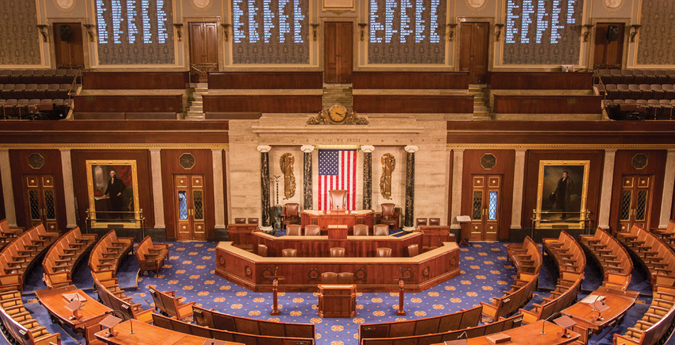By Lyman Stone
A growing chorus of left-leaning pundits have begun to call for the abolition of the Senate. It defies the principles of representative democracy by giving some people more power than others based on arbitrary geography; it systematically weakens the political power of minorities; the Senate’s whole origin is part of a plot to protect slavery.
Login to read more
Sign in or create a free account to access Subscriber-only content.
Topics:
